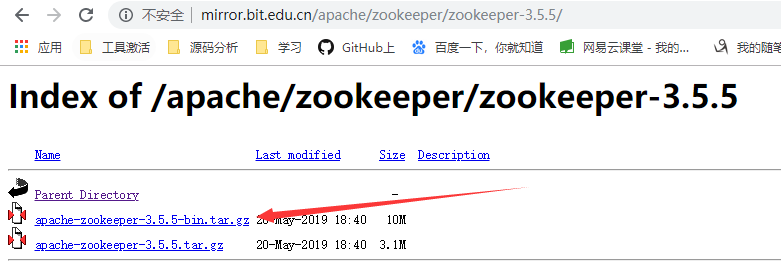As a programmer, I wonder if I could create my own package for LaTeX. I need something like that famous "listings" package, but something that is much more capable for my needs. I look for a listings solution that would watch out for a comment line like
// BEGIN LISTING 3122
// END LISTING 3122
No syntax highlighting, but intelligent support for tab indents. That package then would be used with a file name or path, walk through the lines and copy out just the snippets of interest.
I am 100% sure there is absolutely nothing like this on the market. So I want to program it for LaTeX. If that's possible. I have no idea how and what programming language / IDE. Where would I start looking?
This is certainly possible, but it is non-trivial in the TeX programming language. I don't have time to code it up at the moment but here's an algorithm; I suggest asking on comp.text.tex for more specific LaTeX programming advice.
- Locally set all catcodes of special chars to "other" (
\dospecials) and start reading in the input file line by line (\read)
- for each line compare the first however many tokens of the line (some iterative use of
\if or \ifx; there might be a package to make this easier such as stringstrings or xstring)
- in the default state throw away the input line and read the next
- unless it's
// BEGIN LISTING, in which case save each line into a macro (something like \g@addto@macro)
- until it's
// END LISTING, obviously
- keep going until the end of the file (
\ifeof)
TeX by Topic is a good reference guide for this sort of work.
The rather simple texments package shows how code can be piped into pdflatex: by writing your shell-invocable filter, you should be able to do something similar with your idea.
I'm pretty certain you can't do this in LaTeX. Basically you can go nuts with anything that's either a command (\foo) or an environment (\begin{foo} ... \end{foo}) but not in the way you are describing here. Within environments or commands it is possible to turn off LaTeX's processing and handle everything yourself in some way. This is how verbatim and listings work. It's not very pretty though.
Basically, I think it might be possible, if you make ‘/’ an active character (there is \makeactive for example but I imagine there are more solutions) and then invent some good magic around it. (You will need to emulate/create an environment with your logic.) Similar things are done in some of the internationalisation packages in order to ease the input of letters with diacritics.
For a character like ‘/’ this might be even harder as this one could have been written in other places of your text, too. So of course you’d have to take special care for that.




